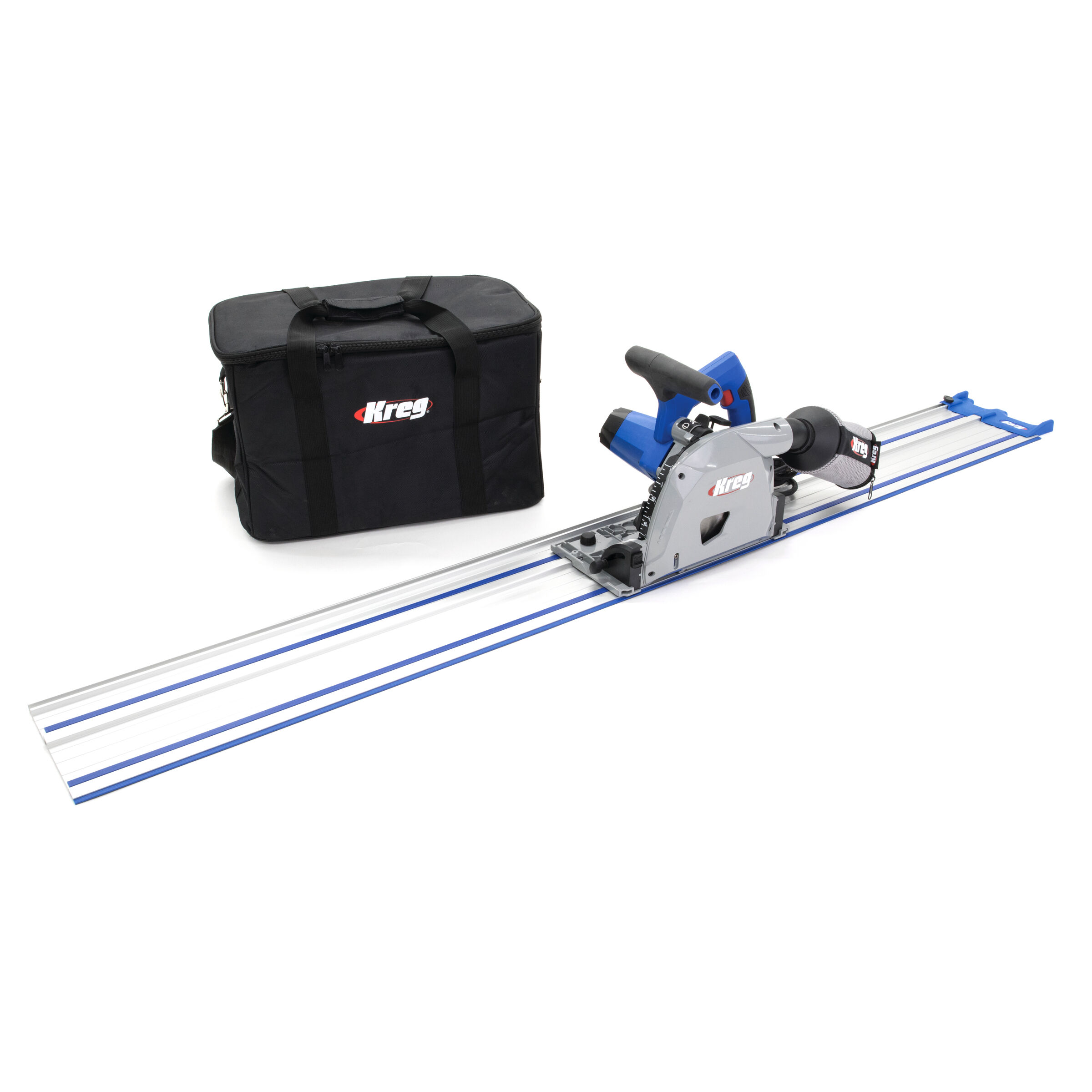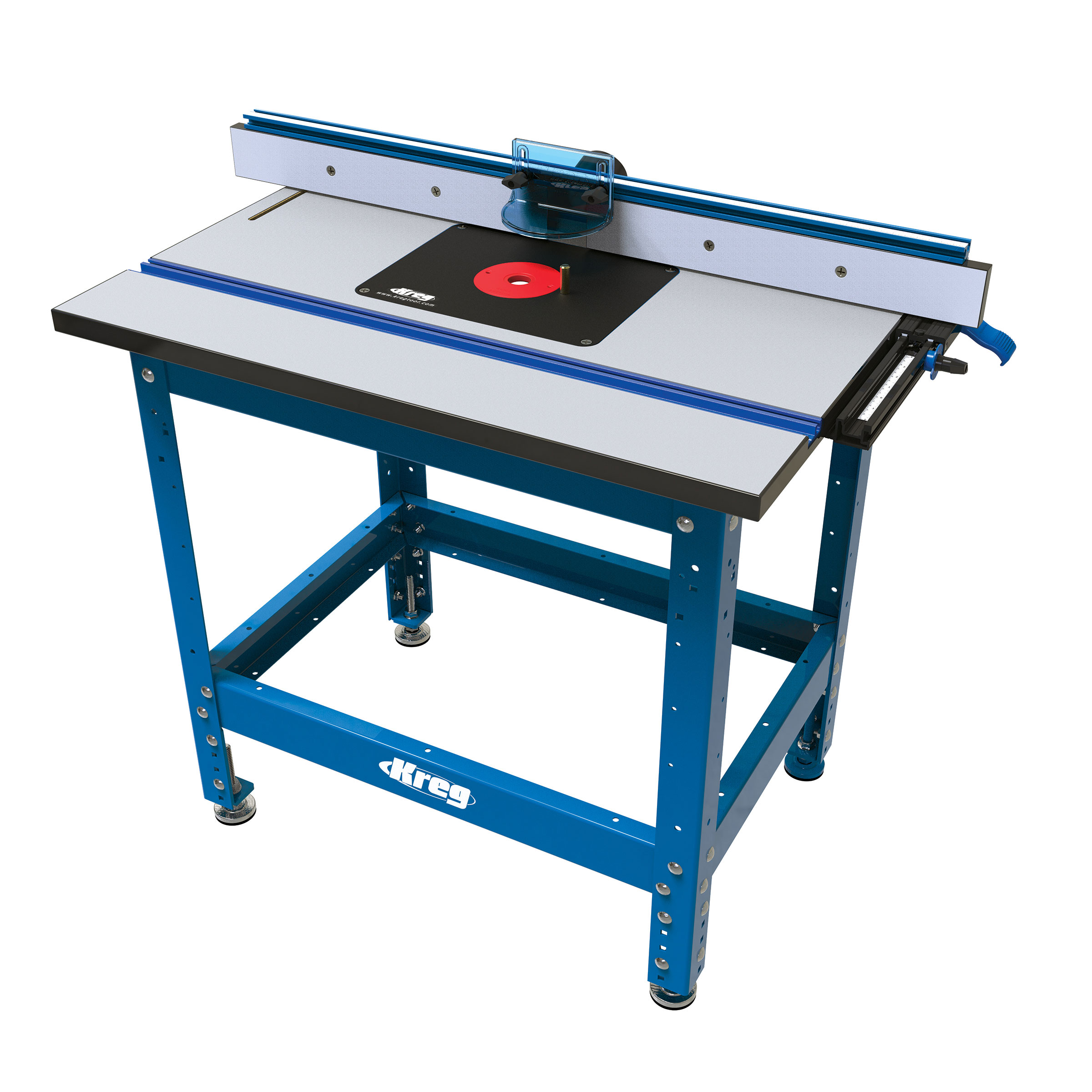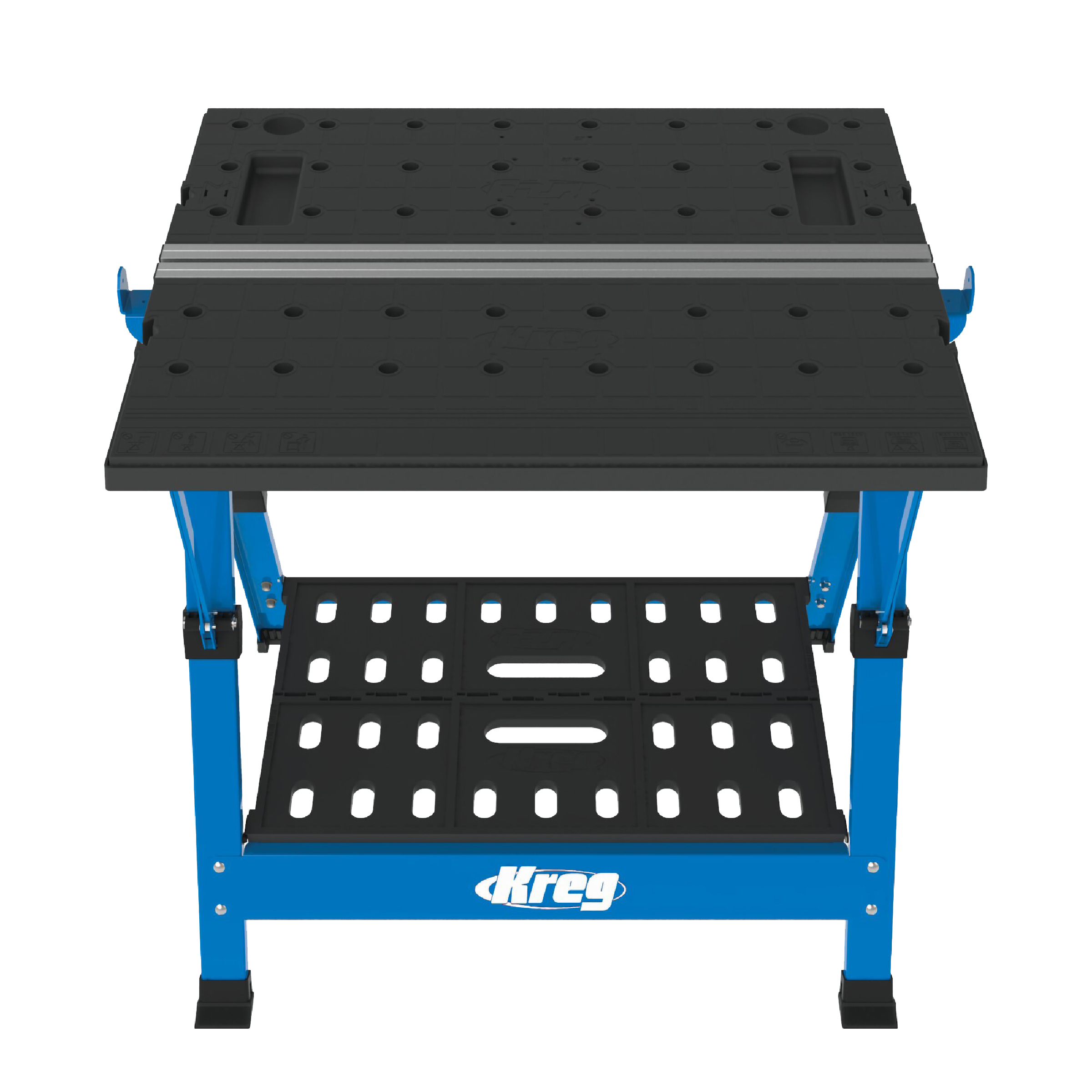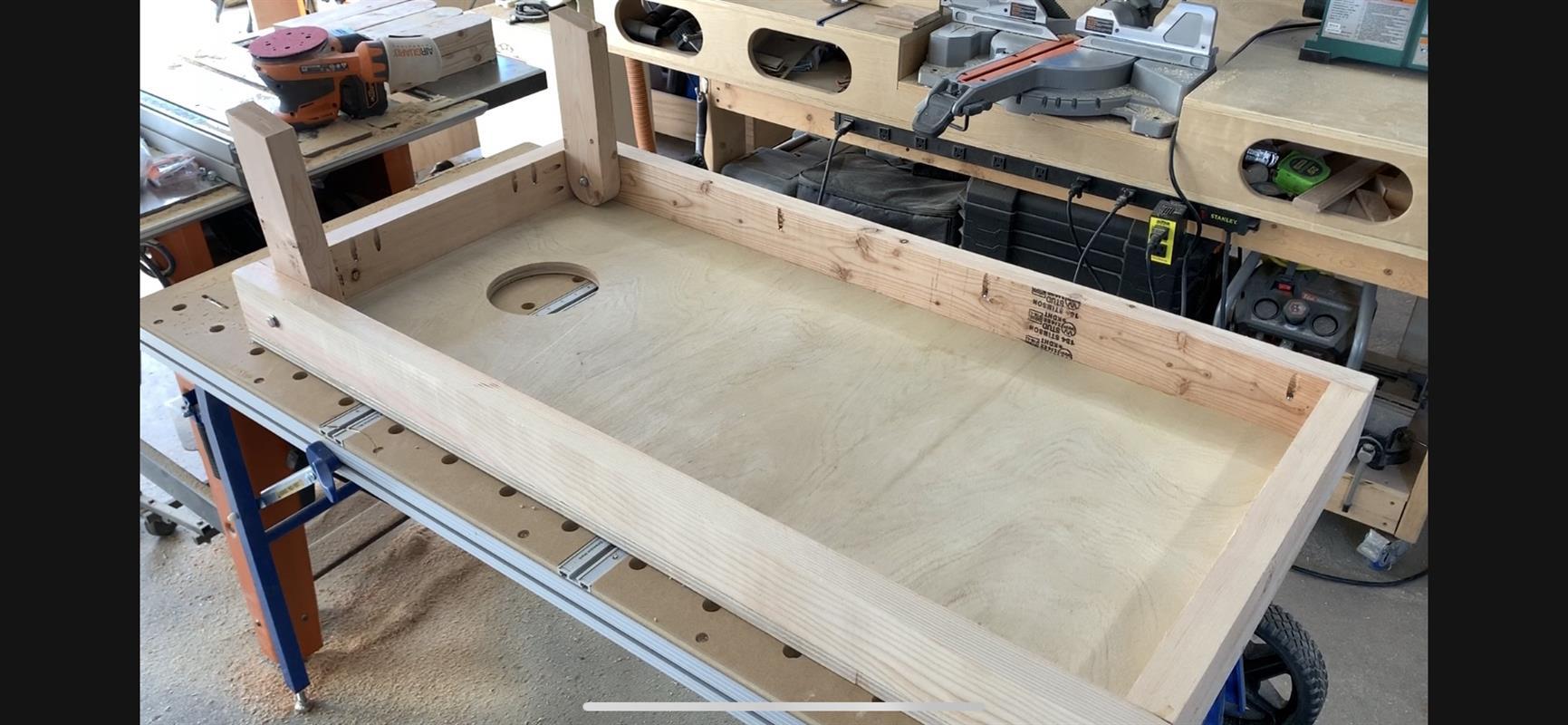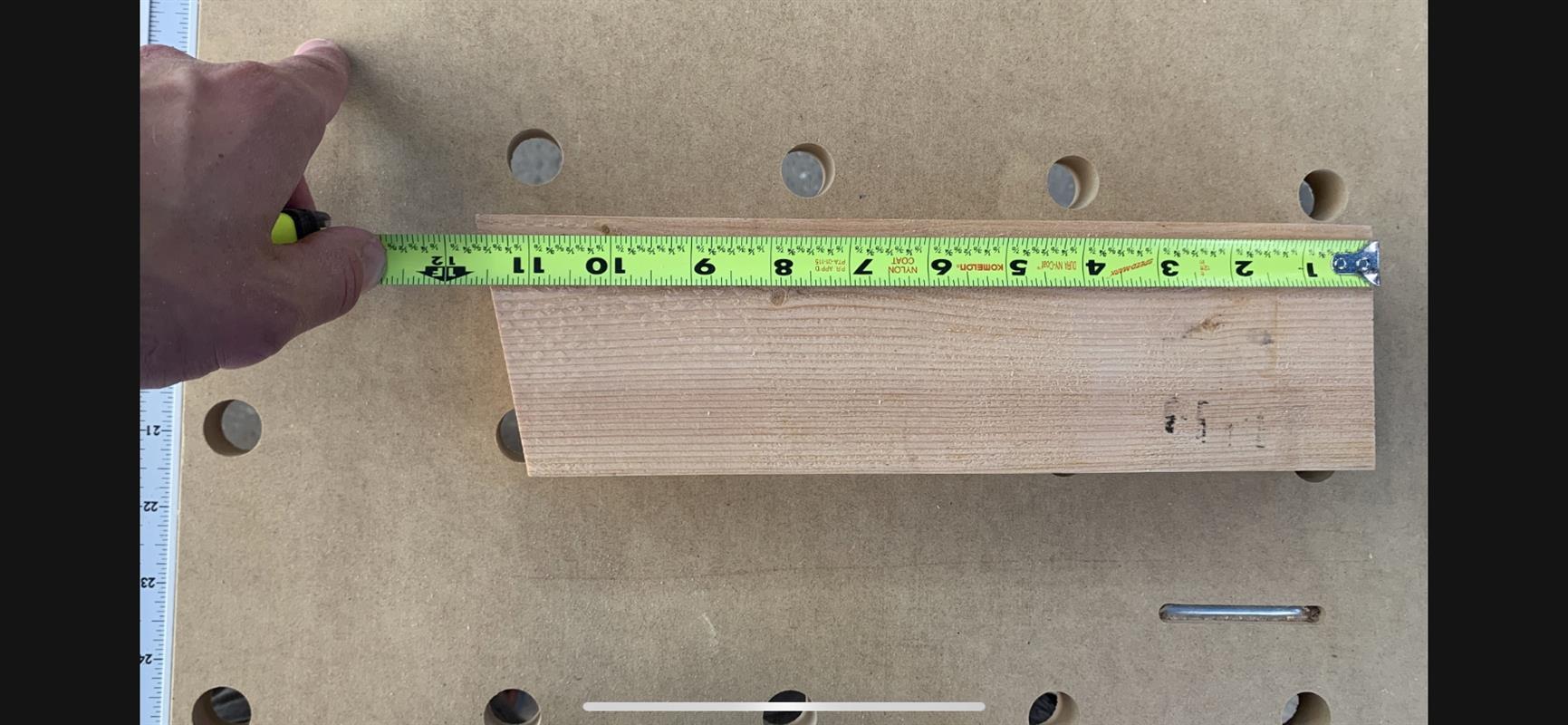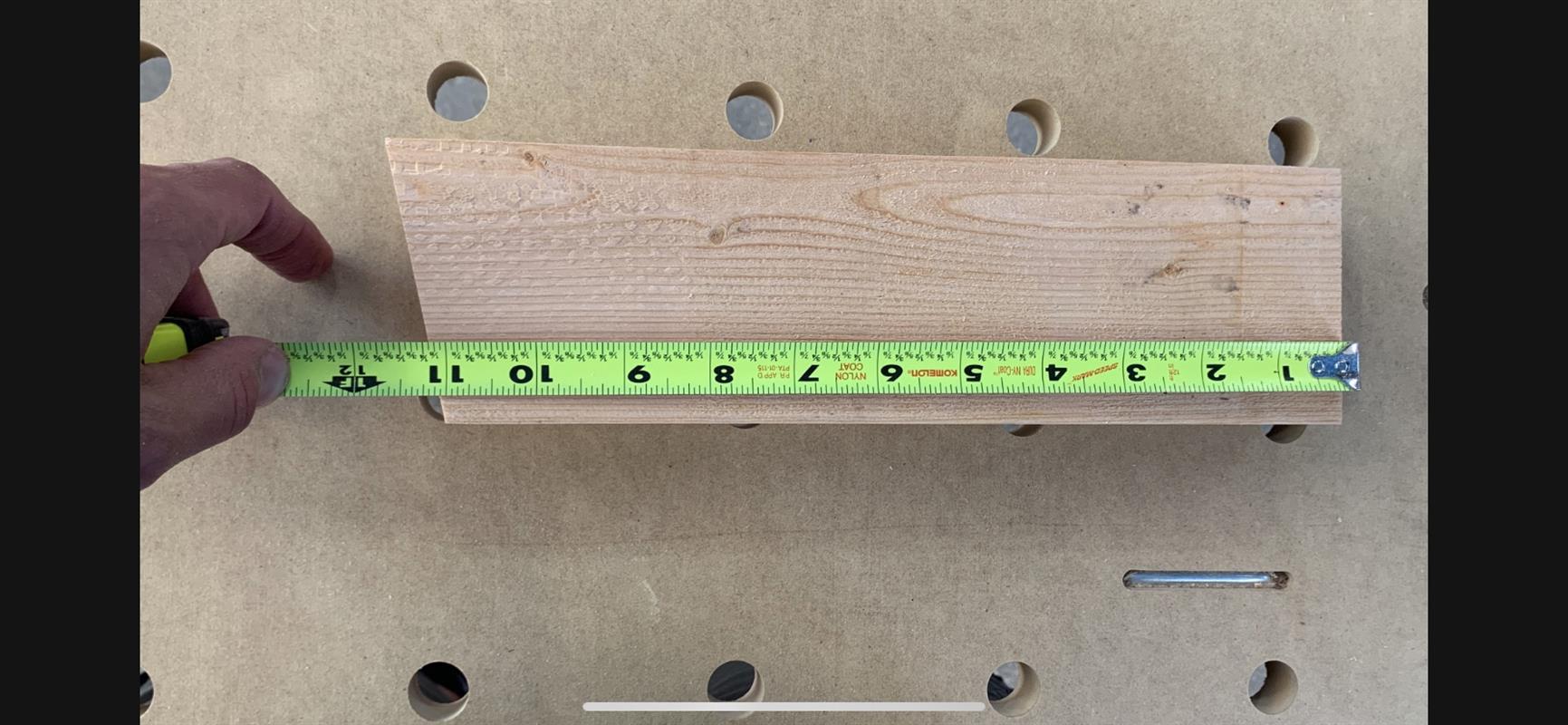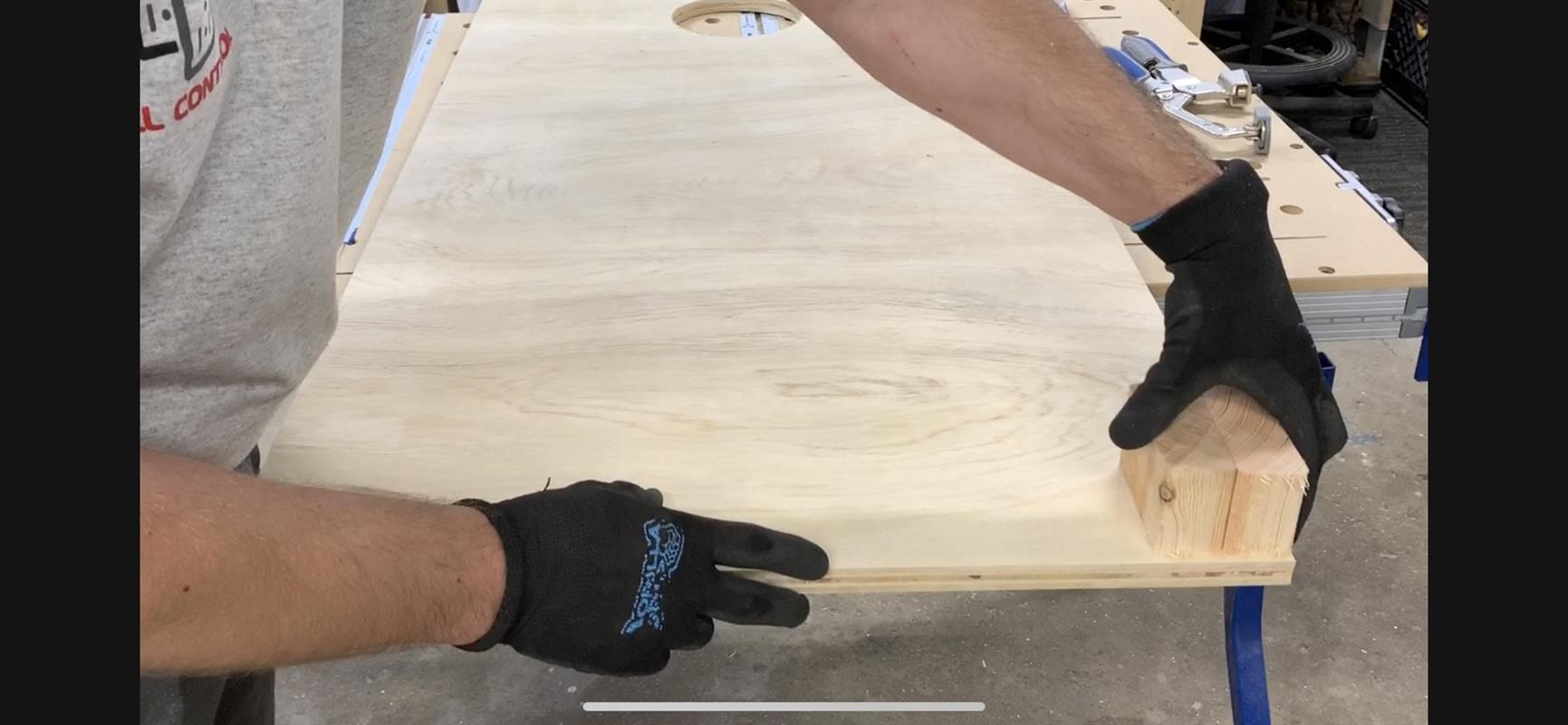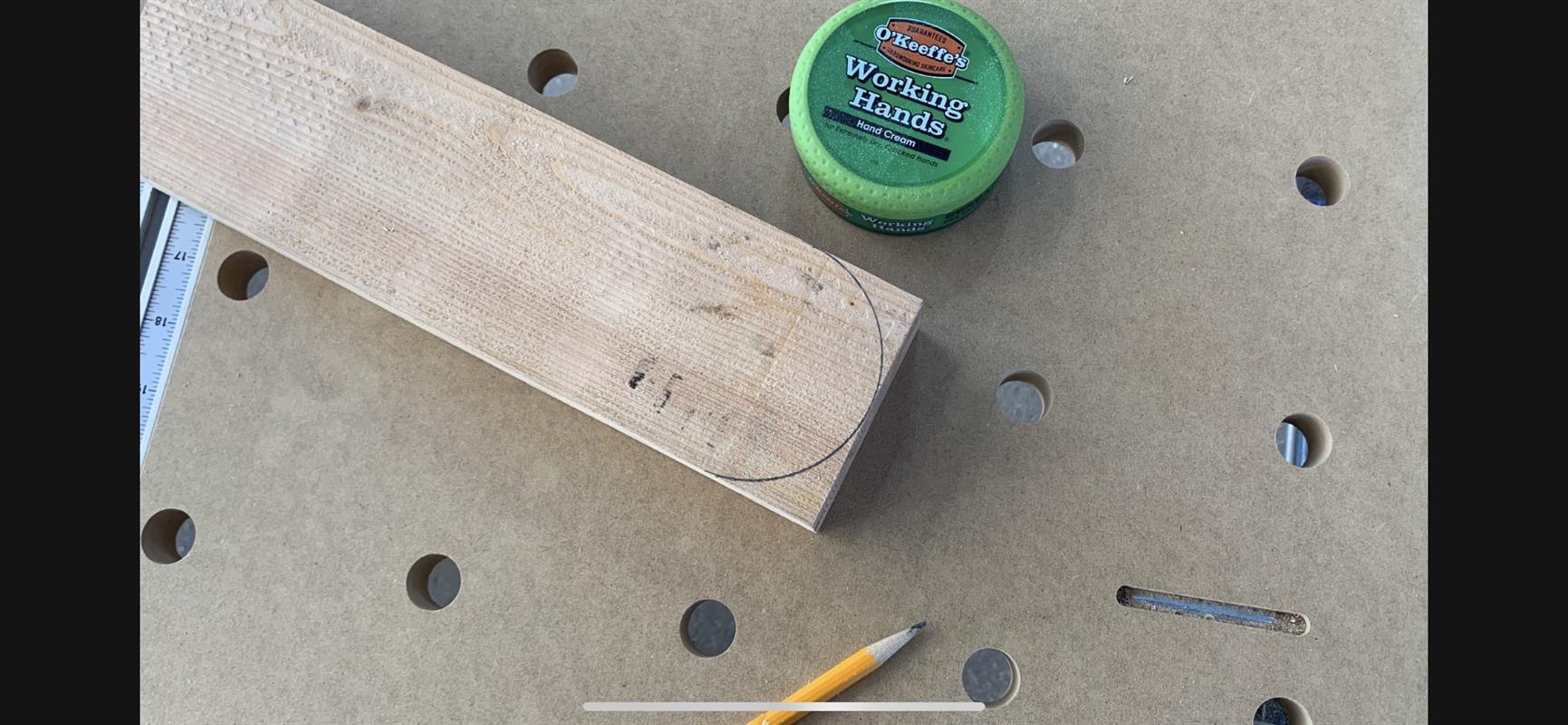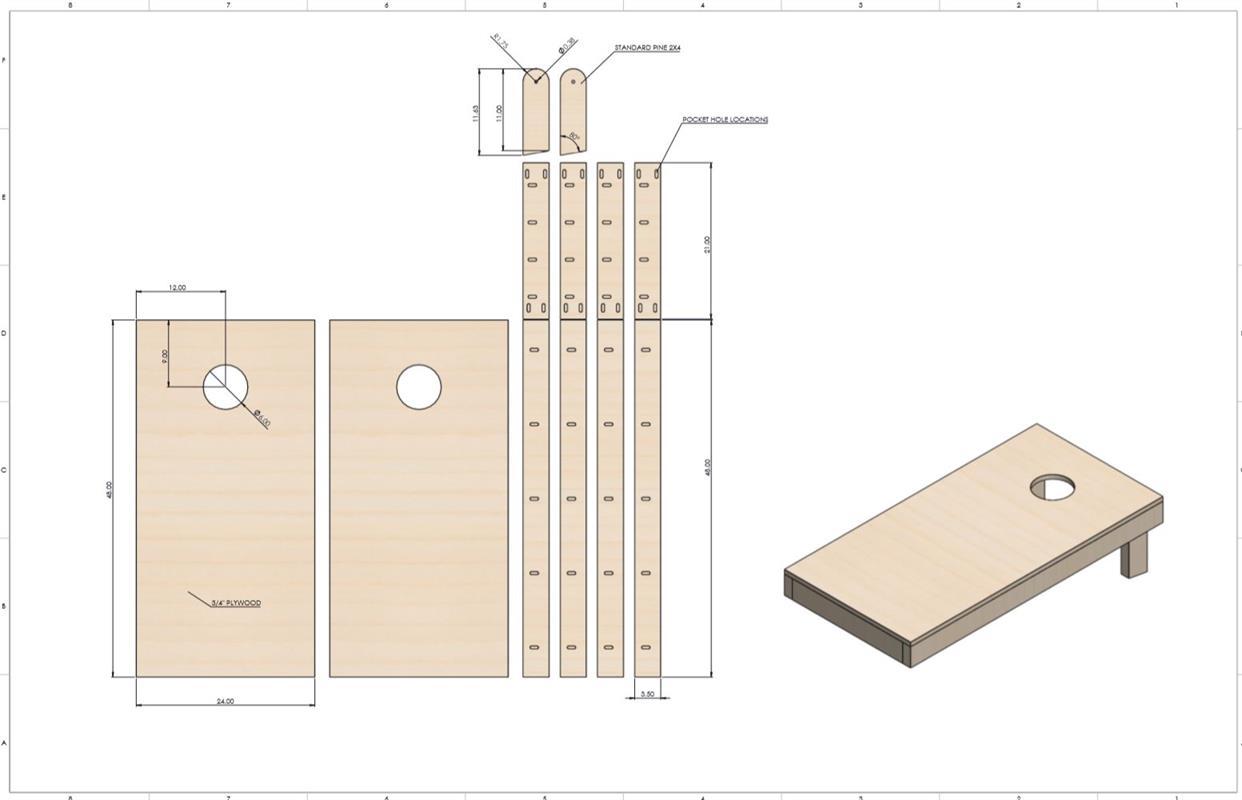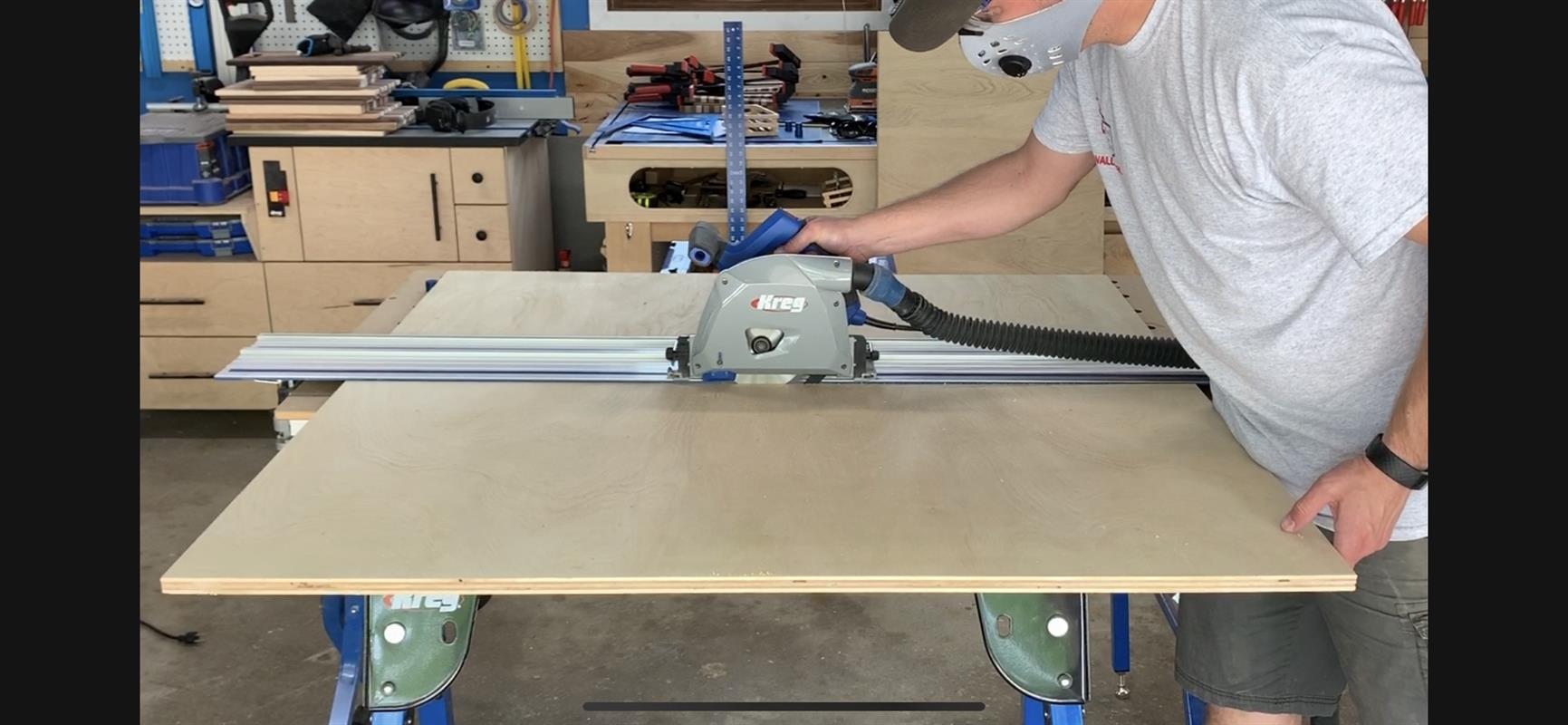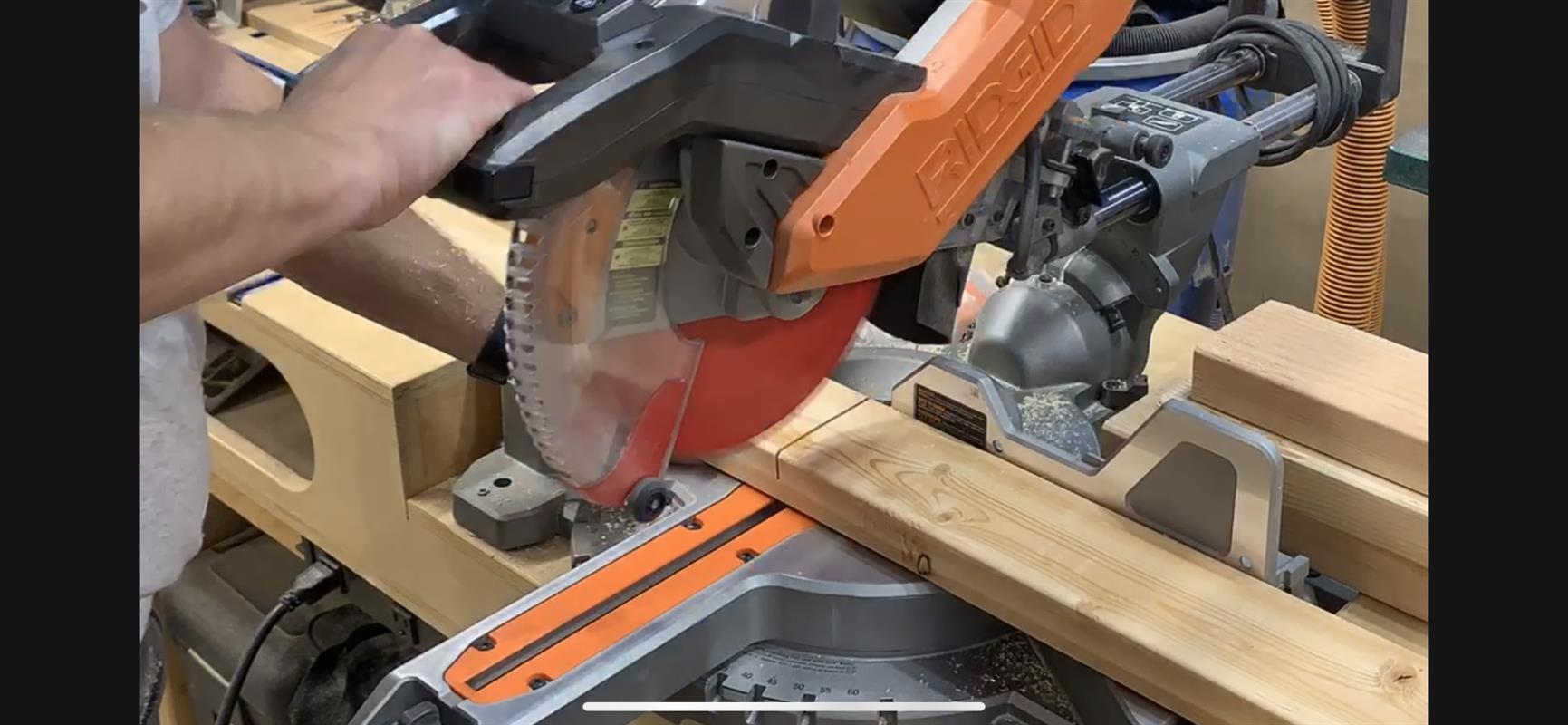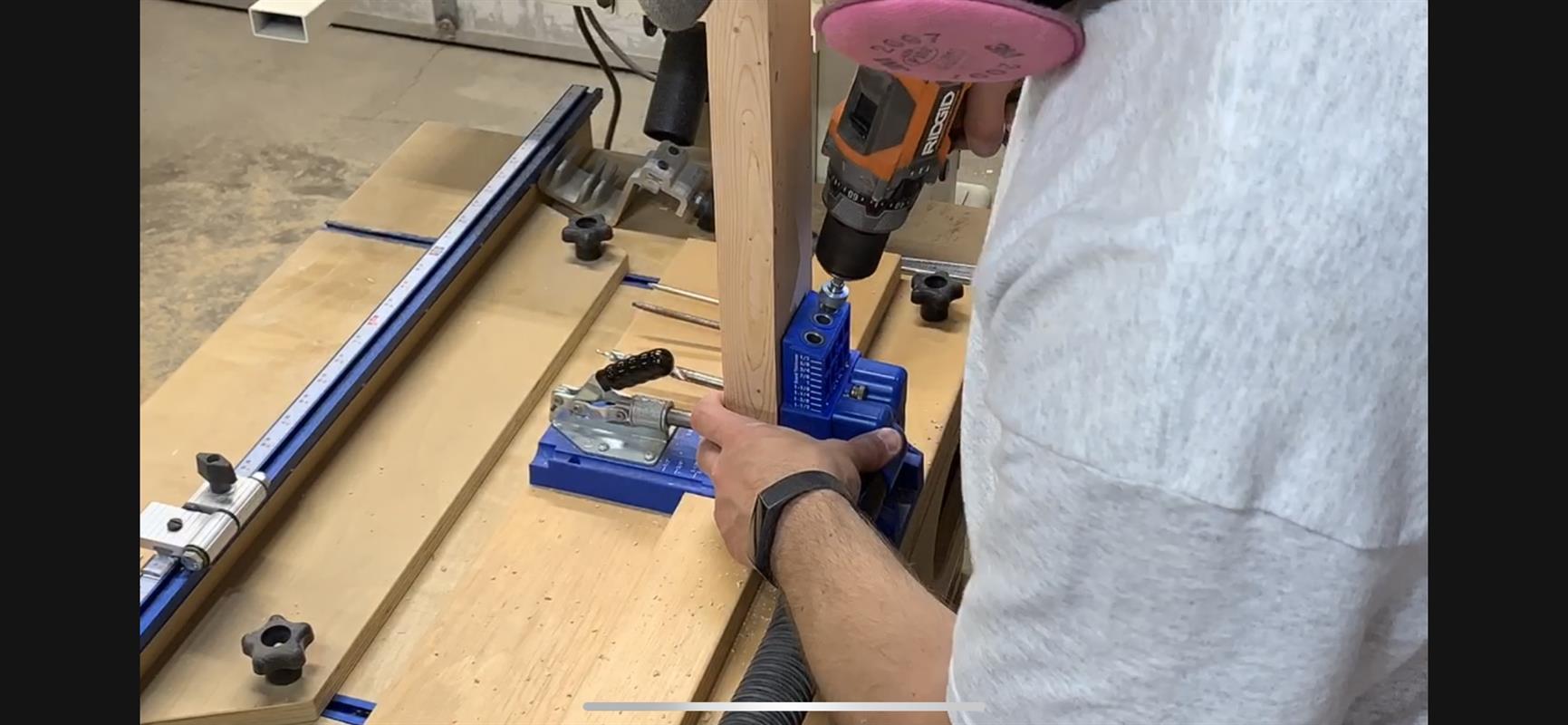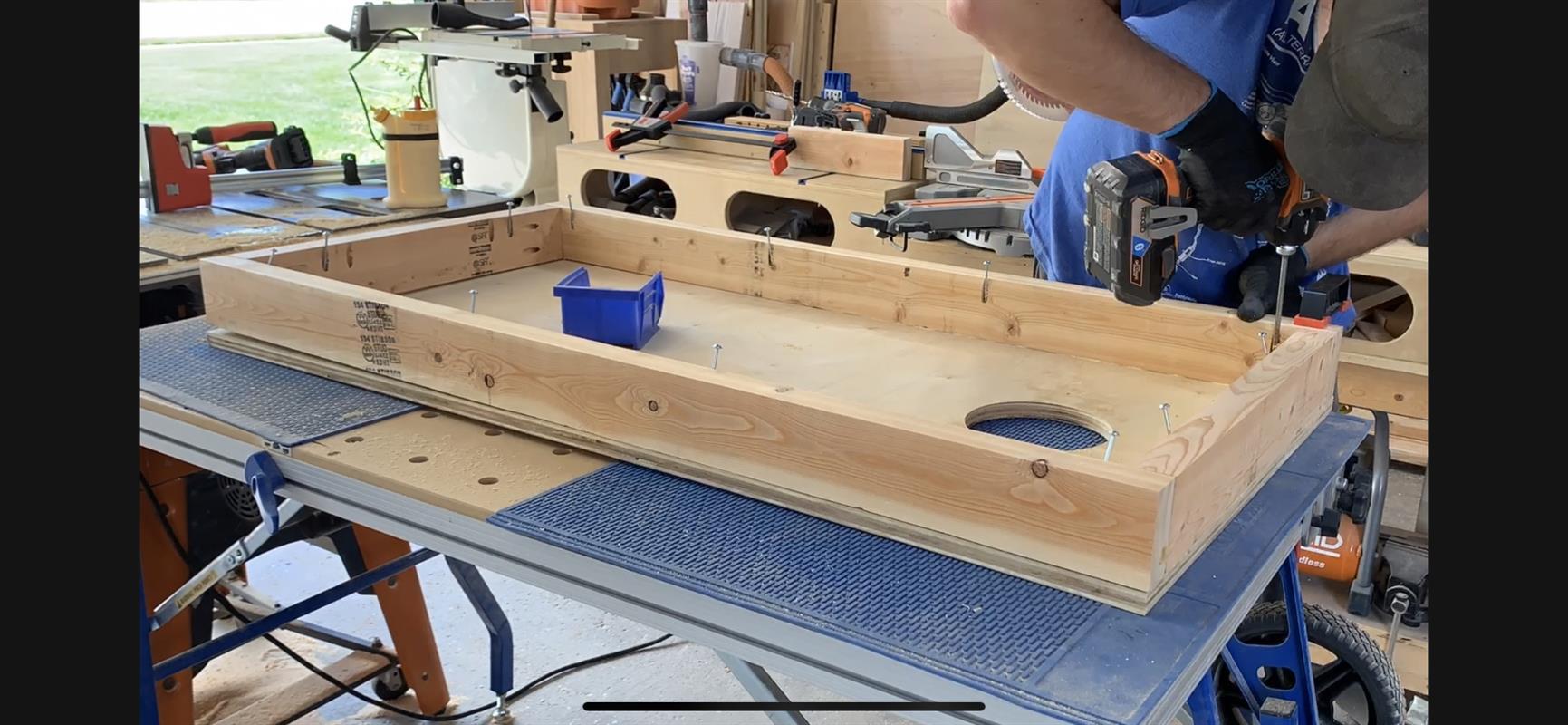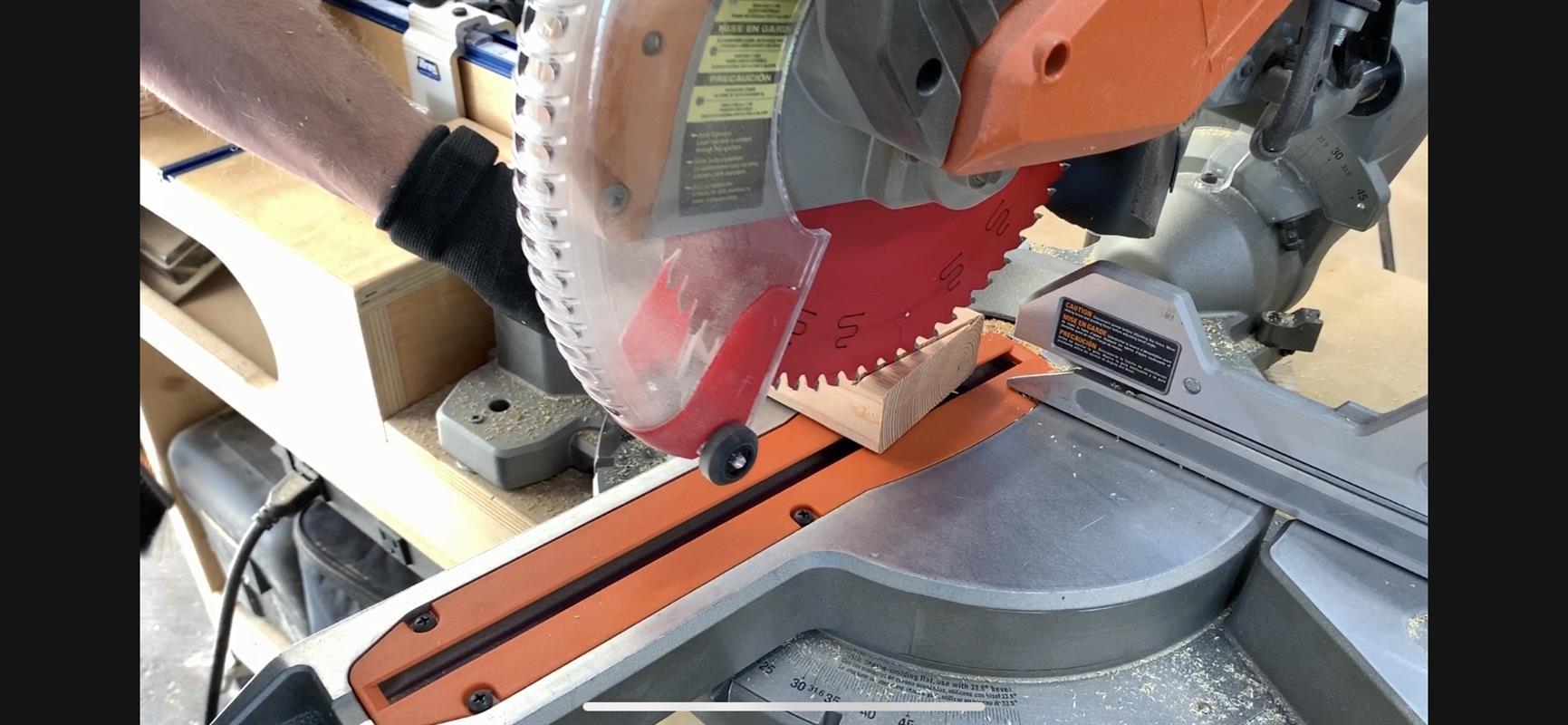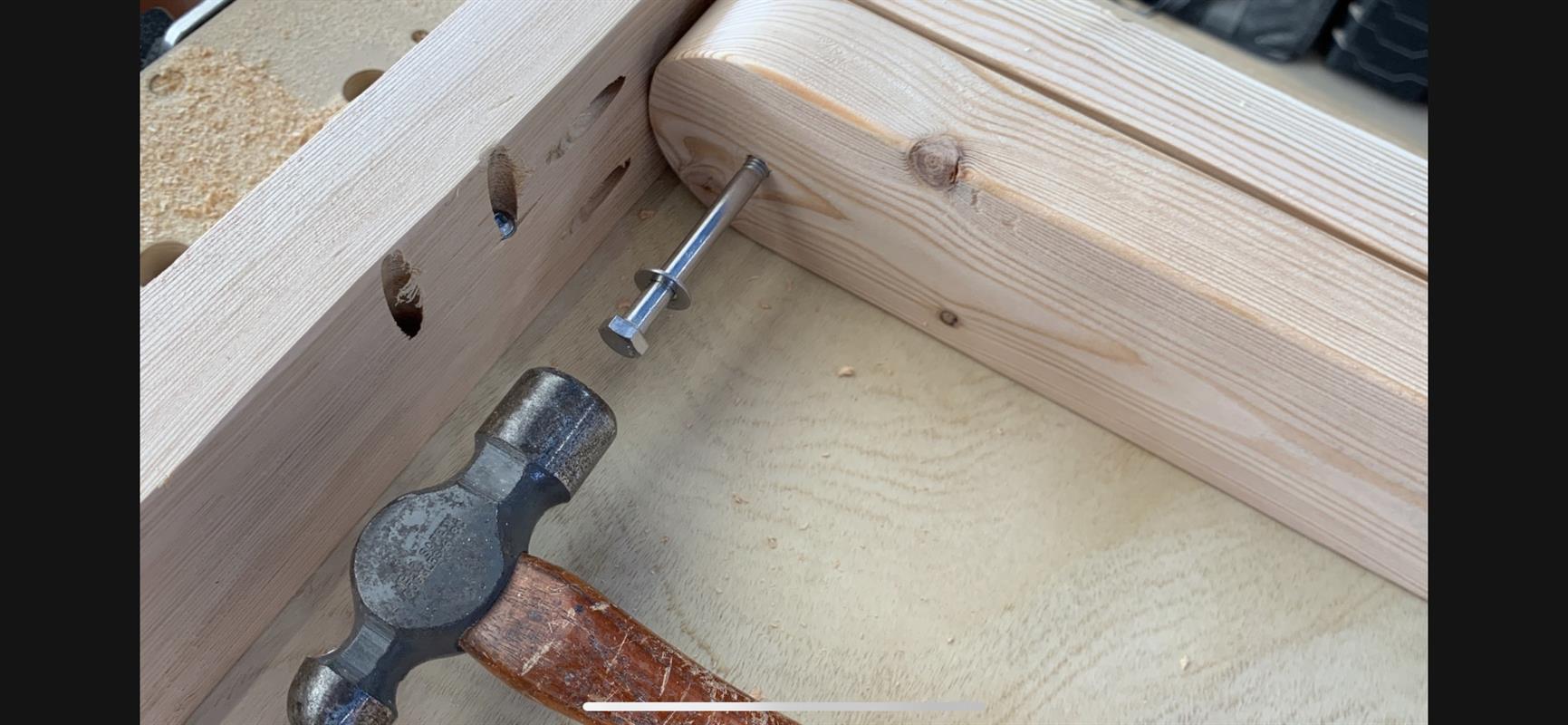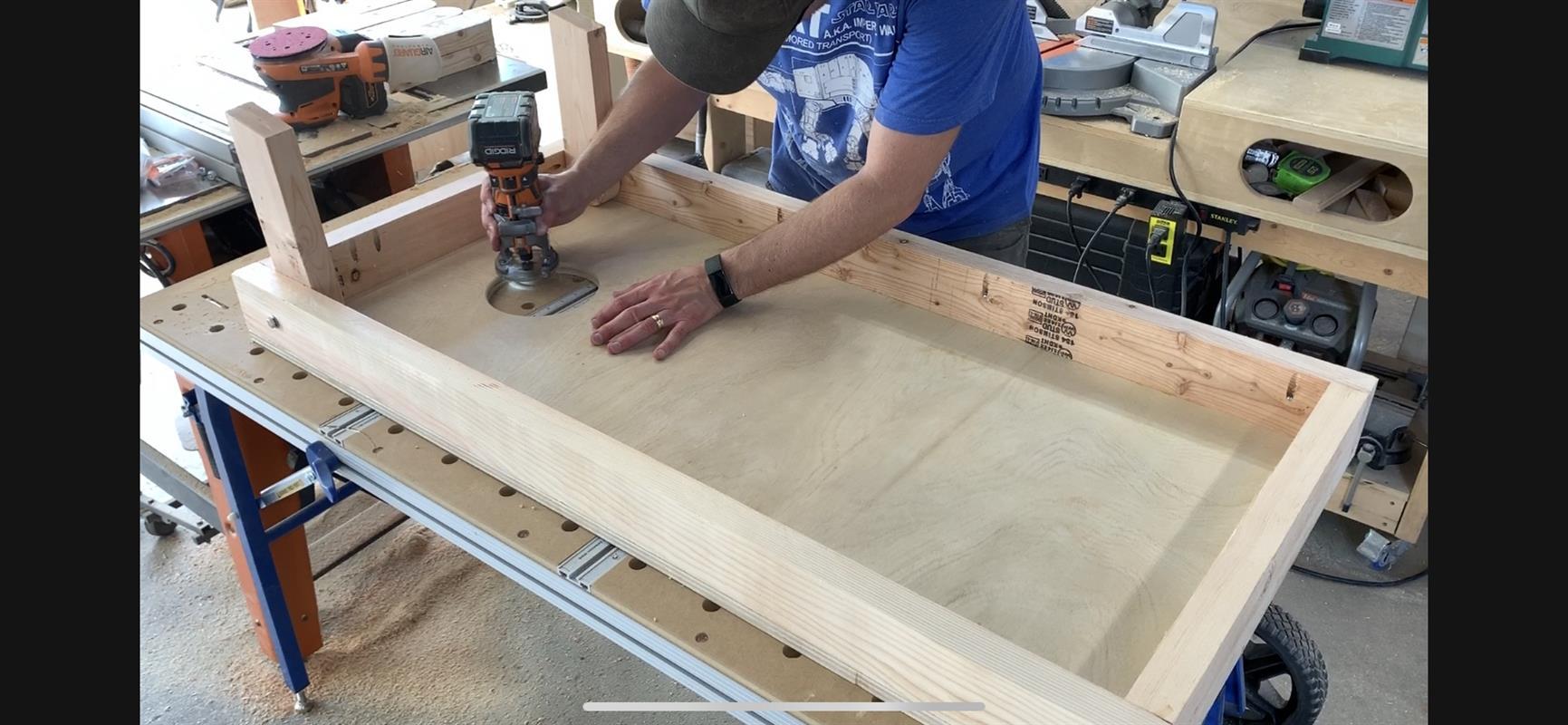DIY Cornhole Boards – How To Build Cornhole Boards
By CReeves MakesA basic, yet robust, board design for our favorite yard game. Built to last, but not break the bank. Built from half a sheet of 3/4" plywood and some pine 2x4's, these boards will be the hit of the party.
Directions
-
Plywood tops
Cut 2) panels to roughly 24" x 48". This is the "standard" corn hole board size, but you can scale it down if its not important to you. Also, some plywoods come slightly larger than 4'x8' sheets so you can cut a true 2' x 4' panel from one sheet.
-
Drilling the hole
Using a ruler or square, mark 9" from one long end of the plywood panel. Then find the center (12") form either side. You can use a 6" hole saw to cut this hole. If you choose a holesaw, be sure to cut halfway through one side and then flip the panel and finish the hole from the other side to eliminate tear out on the hole. You can also draw a 6" circle on the mark and use a jigsaw to cut this hole. Use a sander or router to clean up any sharp edges as people will be putting their hands through this hole when they retrieve the bean bags. Do this on both panels.
-
Cutting the frames
I used basic 2x4's for my frames. I took 2 small pieces of scrap and measured the total thickness of them together and then subtracted that number (3") from the 24" width of the panel. This set my short board to be cut at 21". Cut 4) of these boards and then cut 4) boards to 4' lengths. You can use a miter saw or a circular saw with a speed square to produce these cuts. Be sure to clamp the wood securely when cutting it with a circular saw.
-
Adding Pocket Holes
I chose to use pocket holes on my boards as I wanted no visible hardware on the frames. I added 2) pocket holes to each end of the short 21" boards and then added pocket holes to one edge of all of the boards (roughly 3-5 pocket holes spaced evenly across the length of the 2x4).
-
Frame Assembly
To assemble the frames, I used 2) long Bessey parallel clamps. I added glue to the ends of the 21" boards and set them to be inside the ends of the 4' long 2x4's and then tightened the clamps. This will give you your 2' x 4' rectanglular frame. Once the clamps were tight, I installed all of the 2-1/2" Kreg pocket screws. Do not overtighten the screws! Pine is soft. Do this for both frames.
-
Install the top
Plywood usually has a good side and a bad side. Be sure to choose which side you want to "show" and place that face down. Then add glue to the top edge of the frame and flip it over onto the plywoods "bad" side. Line up the corner by hand and install a few screws in that area via the pocket holes. Then work your way around the rest of the board, installing the rest of the screws. Once all the screws are added, you can flip the frame over and sand or route the edges.
-
Legs
Cut 4) 2x4's to .....
Once the angle is marked, cut it at a miter saw or use a circular saw to cut on the line. Find something that is the same width as the 2x4 and round. This will be your stencil to trace on the flat end of the 2x4. Trace the line and then cut it using a bandsaw or jigsaw. sand the cut smooth as it will have to clear the inside of the frame to pivot.
Then mark the 1-3/4" from the flat end and centered between the sides. This will be where you drill your 3/8" hole for he pivot. Drill the hole, being sure to stay straight and accurate.
-
Leg Installation
To mark and drill the leg location, simply place the leg INSIDE of the frame in the closed position. Insert a bolt into the leg until it touches the face of the frame. Tap it with a hammer to mark the frame where the bolt was contacting it. This is where you will need to drill your 3/8" hole. Do this to both sides of the frames. Next, install a flat washer onto the bolt and insert it from outside of the frame. Place the leg on the inside of the frame being sure to note which way the bottom of the leg is facing. Install a flat washer and lock nut onto the bolt, being sure not to over tighten. You want it snug enough so that the legs do not flop around, but lose enough that they can move.
-
Sanding and Finish
Before sanding the boards,I ran an 1/8" rounder on all of the exposed edges. This just "softens" the boards and keeps them looking better, longer. Then I sanded everything with 220 grit. You can simply add some water based polyurethane or paint and decorate them however you want. This simple project is a great way to practice your finishing skills for other projects as well!
Now get out and have some fun!








